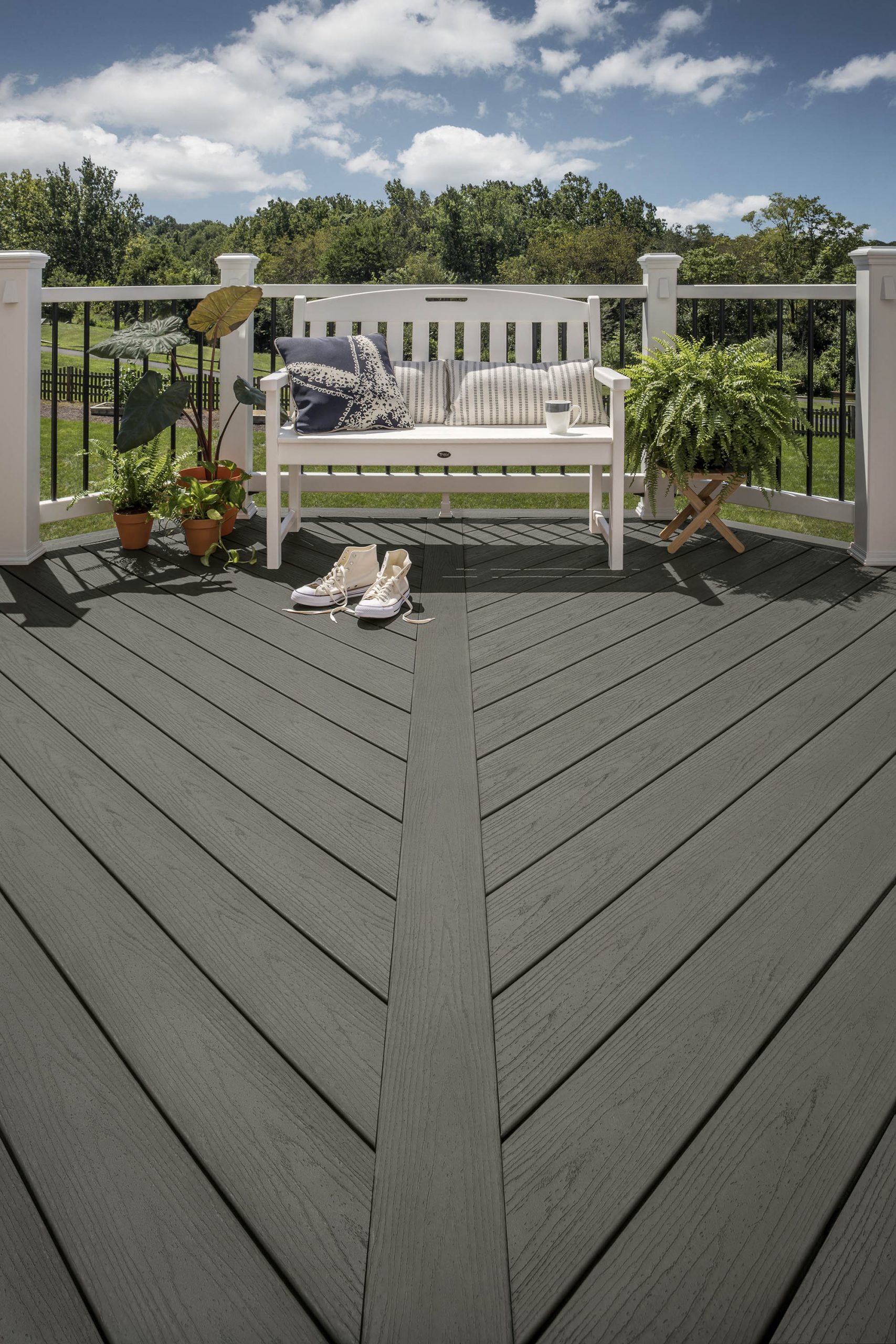When it comes to installing a composite deck, one of the challenges that often arises is how to handle butt joints. Many professional contractors advise against installing composite decking with butt joints due to the potential issues they can cause. In this blog post, we’ll explore the problems associated with butt joints and suggest a more reliable alternative: breaker boards.
The Problem with Butt Joints in Composite Decking
Butt joints are where the ends of two decking boards meet. While this might seem like a straightforward method of installation, it can lead to several problems down the line:
- Swelling of Board Ends: Composite decking materials can expand and contract with changes in temperature and humidity. This can cause the ends of the boards at the butt joints to swell slightly, creating a raised lip on the deck surface.
- Tripping Hazard: The raised lip at the butt joint can become a tripping hazard, posing a risk to the safety of those using the deck.
- Damage to Deck Boards: As people continue to trip over the raised edge, it can cause further damage to the ends of the deck boards, leading to additional maintenance and repair costs.
The Solution: Breaker Boards
To avoid the issues associated with butt joints, many professionals recommend using breaker boards as an alternative. Breaker boards are longer boards that run perpendicular to the main decking boards, effectively breaking up the pattern and eliminating the need for butt joints.
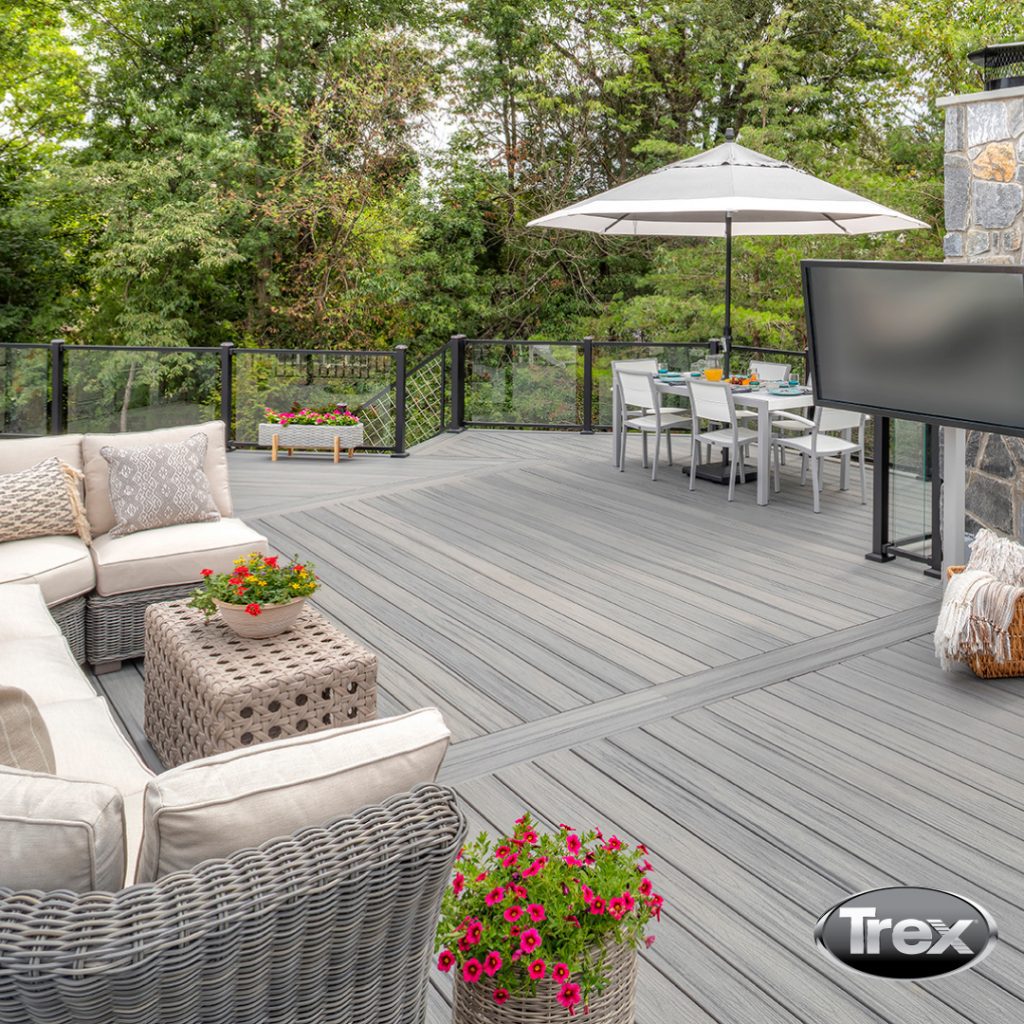
Here are some advantages of using breaker boards:
- Reduced Swelling and Shrinkage: By eliminating butt joints, you reduce the risk of swelling and shrinkage at the ends of the boards, resulting in a smoother and safer deck surface.
- Enhanced Aesthetic Appeal: Breaker boards can add an interesting visual element to your deck design, creating a more appealing and professional look.
- Increased Structural Integrity: The use of breaker boards can help distribute weight more evenly across the deck, enhancing its overall structural integrity.
Installation Tips for Breaker Boards
- Plan Your Layout: Before beginning the installation, plan the layout of your deck to determine the best placement for the breaker boards. Consider the size and shape of your deck, as well as any architectural features that may affect the design.
- Use Quality Materials: Choose high-quality composite decking materials for both the main decking boards and the breaker boards to ensure durability and a cohesive look.
- Secure Properly: Ensure that the breaker boards are securely fastened to the deck frame using appropriate fasteners and following the manufacturer’s recommendations.
- Allow for Expansion: When installing the breaker boards, leave a small gap between the boards to allow for expansion and contraction due to temperature changes.
- Color Choice: Many professional installers will add a different color breaker board and picture frame border that complement the main decking color.
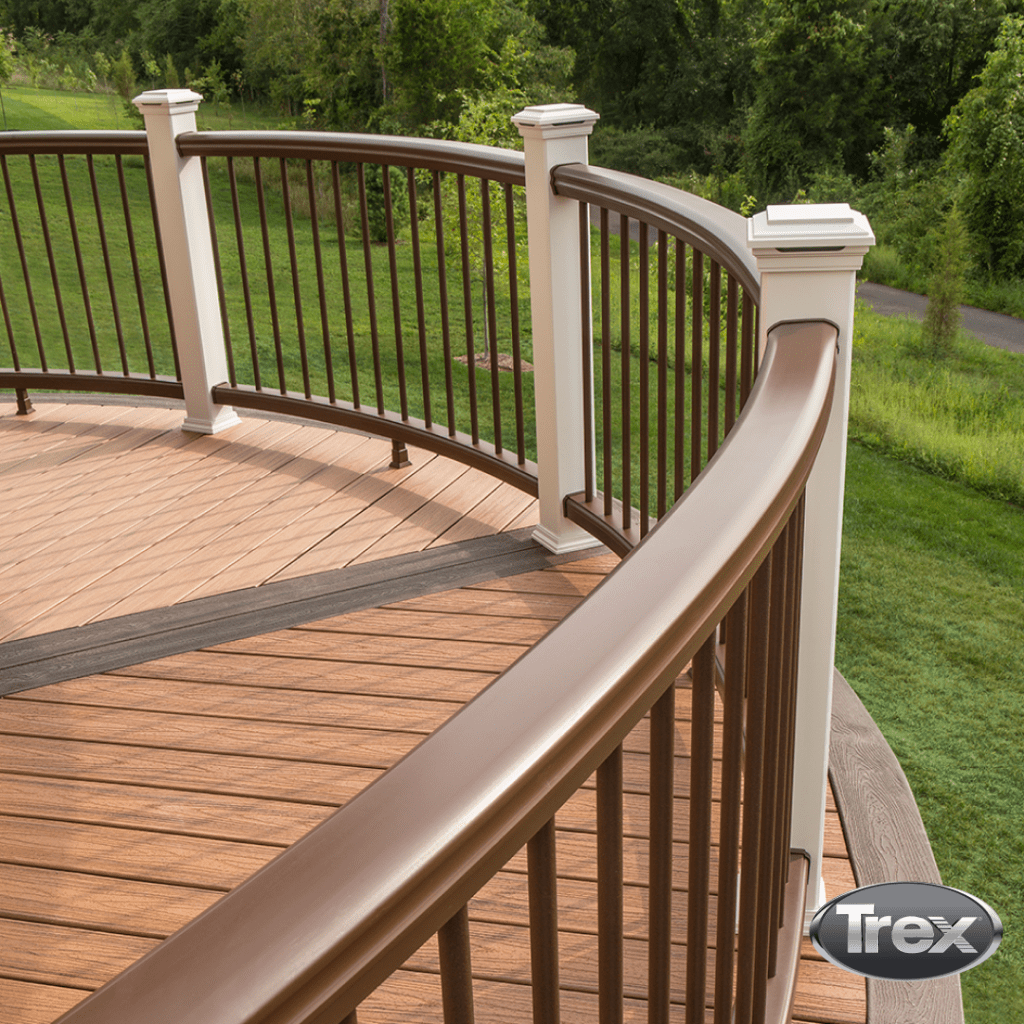
Below is a picture of a deck that used butt seams and no breaker board. You can see the transition where the boards all meet end to end and many homeowners and professional installer find this less aesthetically pleasing.
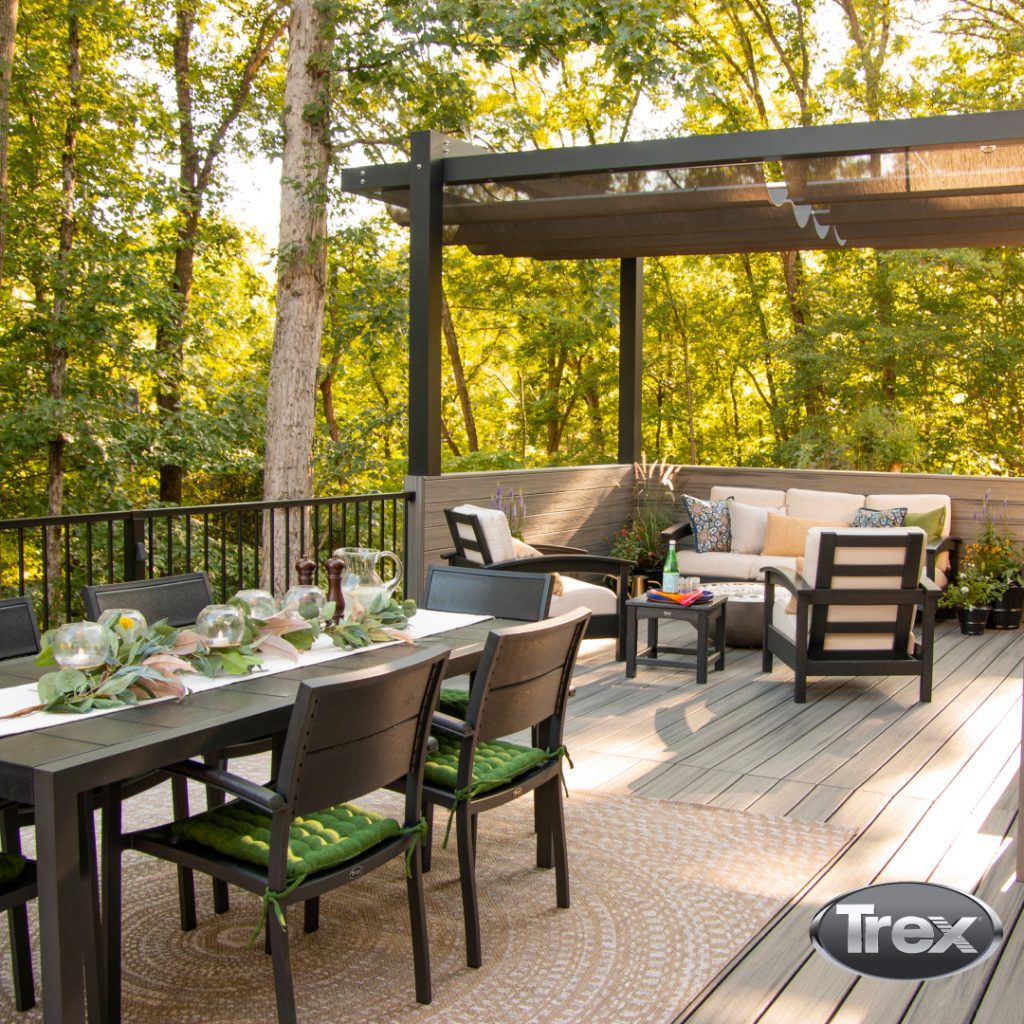
Most composite decking manufacturers do allow for butt joints and give specific guidelines for the gapping requirements. Always be sure to check the manufacturer recommendations before installing butt joints on your deck.
Below are the requirements for Trex decking:
Abutting Solid Objects
When decking is abutting a wall, you must also gap it 1/4″–1/2″ (6–13 mm) depending on the temperature at
installation. See chart below:
End-to-End/End-to-Width and Abutting Gap:
| End-to-End/ End-to-Width | Abutting Gap | |
| Above 40°F* (4.5°C)* | 1/8″ (3 mm) | 1/4″ (6 mm) |
| Below 40°F* (4.5°C)* | 3/16″ (5 mm) | 1/2″ (13 mm) |
| *Temperature at installation. |
Trex sells a special fastener for butt joints. We still prefer to recommend our customer alter their deck design to use a breaker board pattern.
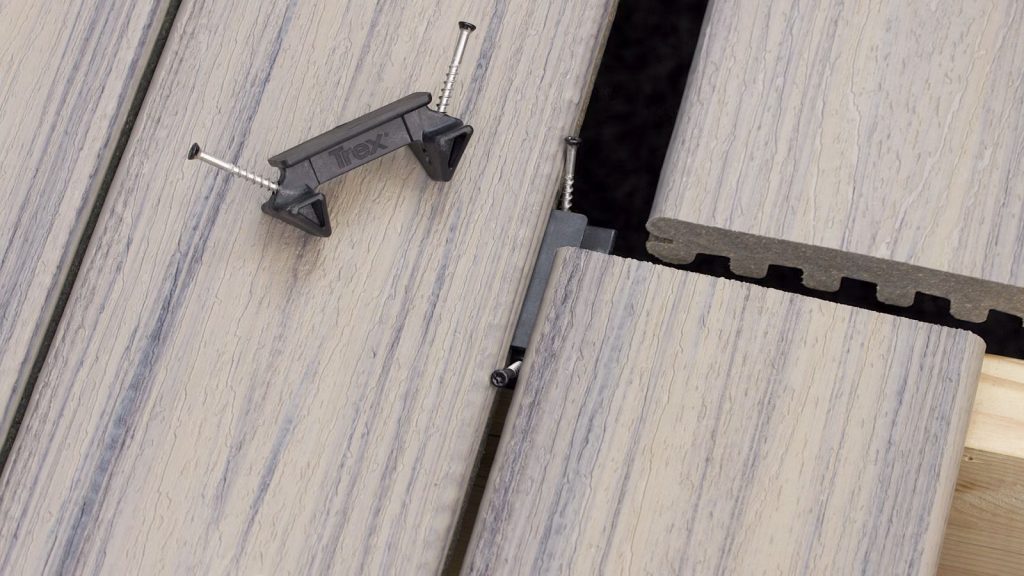
In conclusion, while butt joints may seem like a simple solution for composite deck installations, they can lead to potential problems such as swelling, tripping hazards, and damage to the deck boards. By opting for breaker boards instead, you can create a safer, more visually appealing, and structurally sound deck that will last for years to come.
